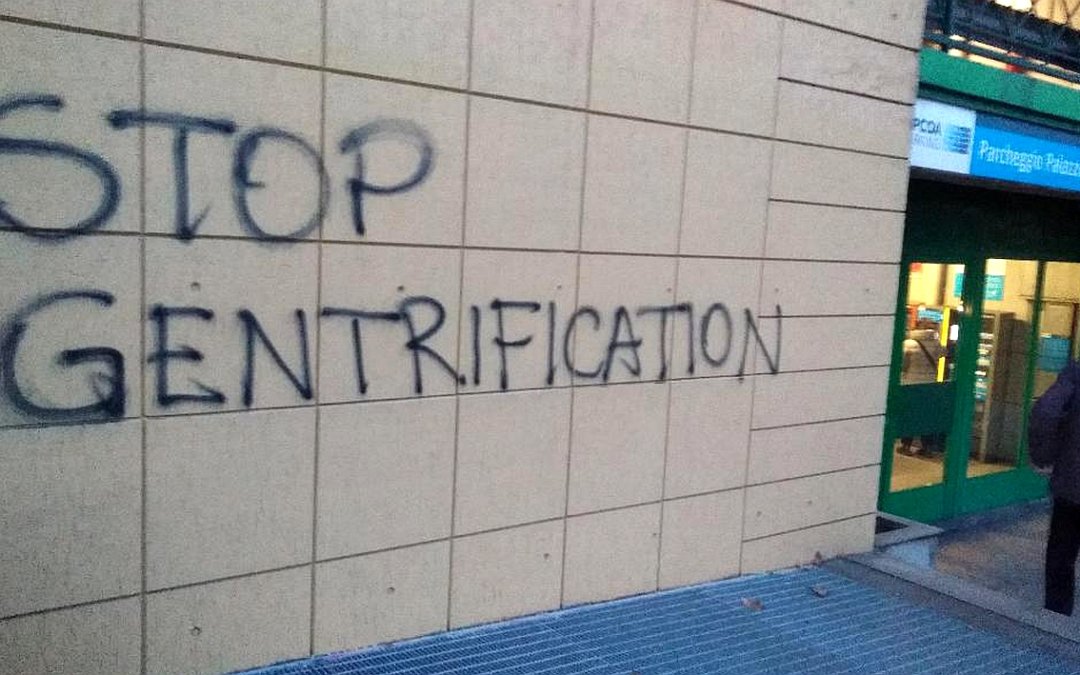Gentrification has been a consistent threat in low-income areas; it can result in families being forced forces them to leave their communities and potentially end up in dangerous or otherwise unfavorable living conditions. Therefore, it is easy to see why fighting gentrification is important in 2019.
Here is a brief overview of gentrification, including ways it can be fought.
Gentrification in the United States
The fight against gentrification is not easy because there are renown economists who say that this change does not seem to make a particular area wealthier. Some say the reason data isn’t showing clear signs of gentrification is because the changes take generations to occur. There is still plenty of evidence showing that something is happening — such as the 111,000 African Americans who were displaced around the US from 2000 to 2013.
Low-income communities have been fighting gentrification by expanding the transportation systems in their communities; they do not want to make it easier to form a connection between their communities and more affluent areas. The latest census shows how radical these changes are to certain neighborhoods or cities, such as Seattle where communities saw around 20 percent of their populations change economically.
It is a common misconception that gentrification is only about affluent people moving into a particularly low-income community, but it is more about hyper-investment into an area that was economically ignored for years. This in mind, poorer areas tend to be economically ignored, which creates an isolated community. Developers looking for opportunities start to seek out these neighborhoods and begin to invest in big ways, which ends up creating a situation that hurts the people living in those areas.
Even more troubling, in these situations, rent tends to spike so much that many individuals are forced to leave for a more affordable residence. In many cases, these developers are not actively considering the tenants they are hurting.
There are some community and national groups attempting to shed light on this issue and sway policymakers to create laws to protect low-income communities from this kind of abuse. In many cases, this type of socioeconomic change hinges on consistent involvement from affected communities, policymakers, and industry professionals witnessing its impact firsthand.
